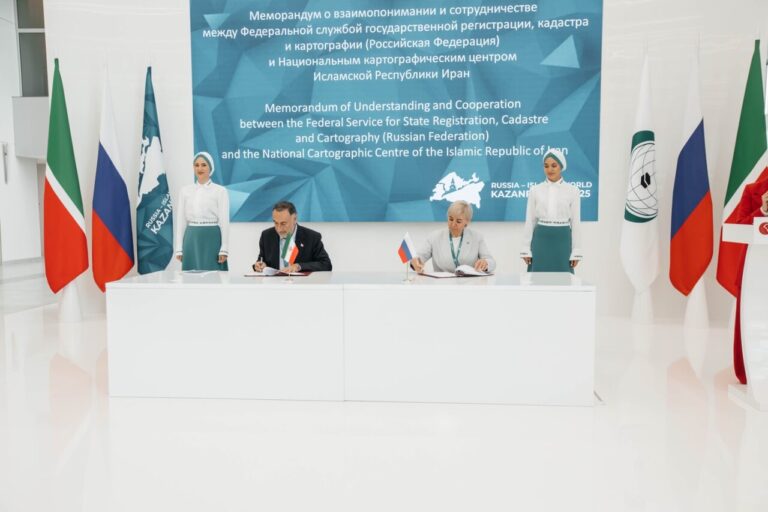Boosting Student Health: Innovative School Programs Tackle Iron and Vitamin D Deficiencies
In an important initiative aimed at improving student health, the Iranian health ministry is actively implementing national micronutrients supplement programs. These programs focus on distributing essential iron and vitamin D to high school students, addressing significant nutritional deficiencies among the youth.
According to Ahmad Esmaeilzadeh, an official from the health ministry, the iron supplementation program has a rich history, having commenced in girls’ high schools 23 years ago. Under this program, female students receive one pill each week for four months throughout the academic year. This crucial intervention aims to combat the adverse effects of iron deficiency, which can lead to anemia, decreased concentration, poor learning capabilities, increased fatigue, and a weakened immune system.
To optimize the benefits of the iron supplementation, it is also highly recommended that students consume a diet rich in iron. Foods such as meat, legumes, and various leafy greens can significantly enhance iron levels in the body.
The coverage of the iron supplementation program has seen remarkable improvement over the years. In the Iranian year 1400 (2021–2022), the coverage was at 57 percent. However, this figure has surged to an impressive 91 percent in the current Iranian year 1402 (2023–2024).
In addition to iron, the health ministry has also launched a vitamin D supplementation program that began in 2014. Presently, both male and female high school students receive a monthly dose of vitamin D, containing 50,000 international units. This initiative aims to ensure that students maintain adequate levels of this vital vitamin, which plays a crucial role in various bodily functions.
Over the last three years, the vitamin D program has expanded its reach significantly, with coverage increasing from 51 percent to 80 percent. This progress highlights the effective collaboration between the health ministry, the ministry of education, and the parents of students, all working together towards a common goal of improved student health.
While these programs are making strides, there are still challenges that need to be addressed. Some of the obstacles include:
- Limited budget allocations for the programs
- Lack of agreement among school administrators regarding the implementation
- Resistance from students towards taking the supplements
Esmaeilzadeh emphasized the importance of overcoming these challenges to ensure the success of the micronutrient supplementation programs. It is vital for the health ministry to continue fostering collaboration with educators and parents to create a supportive environment for students.
Furthermore, the health ministry plans to enhance public awareness about the significance of micronutrients in students’ diets. By educating families about the benefits of iron and vitamin D, the ministry hopes to increase participation in these programs and reduce the incidence of nutritional deficiencies among the youth.
In summary, the national micronutrients supplement programs spearheaded by the Iranian health ministry are pivotal in combating iron and vitamin D deficiencies in high school students. With the successful implementation and increasing coverage, these initiatives are set to significantly improve the overall health and academic performance of students across the country. Continued efforts to address the challenges and enhance collaboration will be essential to sustain and expand these vital health programs.
As these programs evolve, their impact on student health will be closely monitored, ensuring that every child has the opportunity to thrive academically and physically. The future of Iran’s youth depends on the successful execution of these healthcare initiatives.






